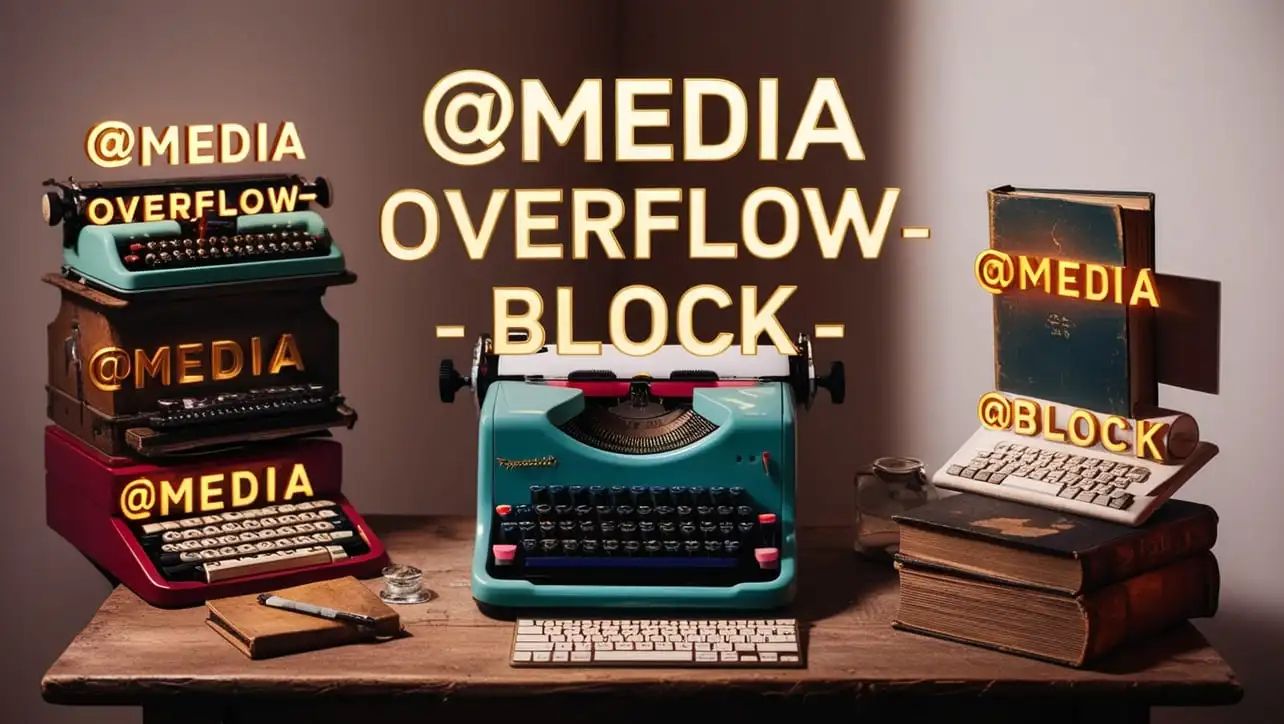
CSS @media overflow-block Property

Photo Credit to CodeToFun
🙋 Introduction
The @media rule in CSS is used to apply styles based on specific conditions, such as screen size or device orientation.
The overflow-block property is a media feature within the @media rule that checks how the content overflows in the block direction of a layout, which can either be handled with scrolling or paged.
This property is useful for creating responsive layouts that adapt to different content-overflow behaviors on various devices, such as mobile phones or print views.
💡 Syntax
The overflow-block media feature is used within an @media rule to detect whether the block overflow is scrollable or paginated.
@media (overflow-block: value) {
/* CSS rules here */
}🏠 Property Values
The overflow-block property accepts the following values:
- none: The content overflows in a way that is neither scrollable nor paginated.
- scroll: The content is scrollable in the block direction.
- optional-paged: The content may be broken across pages but allows for scrolling when viewed on devices like computers.
- paged: The content is broken into discrete pages, such as in printed documents or e-books.
🎛️ Default Value
The overflow-block media feature doesn't have a CSS property default value since it is not used directly on elements but within media queries. However, most web content is scrollable by default, so the typical default behavior is scroll.
📝 Example Usage
📜 Basic Usage
In this example, a specific style is applied when the block direction overflow is set to be scrollable.
@media (overflow-block: scroll) {
body {
background-color: lightblue;
}
}This will change the background color of the webpage to light blue when the block overflow is scrollable.
🖥️ Browser Compatibility
The overflow-block media feature is relatively new and may not be fully supported by all browsers. However, it is supported in most modern browsers, including Chrome, Firefox, and Edge. It is always a good idea to test this feature on multiple devices to ensure proper rendering.
🎉 Conclusion
The @media overflow-block property is a handy tool for detecting and responding to how content overflows in the block direction. It allows developers to adjust their layouts dynamically based on whether the content is scrollable or paginated, helping to create more adaptive and responsive designs. Incorporating this media feature into your design workflow can improve user experience on different devices and screen formats.
👨💻 Join our Community:
Author

For over eight years, I worked as a full-stack web developer. Now, I have chosen my profession as a full-time blogger at codetofun.com.
Buy me a coffee to make codetofun.com free for everyone.
Buy me a Coffee












If you have any doubts regarding this article (CSS @media overflow-block Property), please comment here. I will help you immediately.